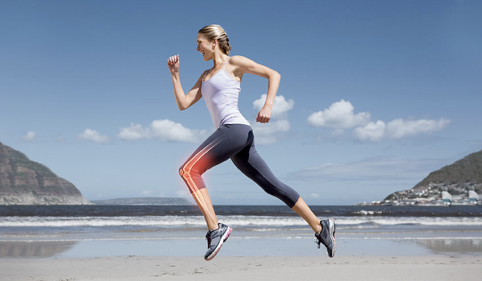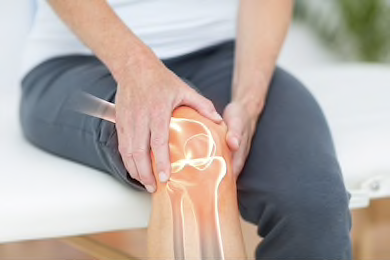
Prevent Osteoporosis and Keep Your Bones Strong..
What Is Osteoporosis?
Osteoporosis is a disease that weakens bones to the point where they break easily, density and quality of bone are reduced, as bones become more porous and fragile, the risk of fracture is greatly increased. It is called a “silent disease” because you may not notice any changes until a bone breaks.
Who Has Osteoporosis? Risk Factors and Causes..
Bone is living tissue. To keep bones strong, body breaks down old bone and replaces it with new bone tissue. Sometime around age 30, bone mass stops increasing, and the goal for bone health is to keep as much bone as possible for as long as you can. As people enter their 40s and 50s, more bone may be broken down than is replaced. Having a risk factor, or even several, does not mean that you will have osteoporosis. However, the more risk factors you have, the greater your chance of developing a disease.
Fixed risks; Although fixed risk factors cannot be changed, people need to be aware of them so that they can take steps to reduce bone mineral loss. Fixed risk factors include, age, female gender, family history of osteoporosis, previous fracture, menopause/hysterectomy, rheumatoid arthritis or primary/secondary hypogonadism in men.
Modifiable risks; directly impact bone biology and result in a decrease in bone mineral density, but some of them also increase the risk of fracture independently of their effect on bone itself. These include, alcohol, smoking, low body mass index, poor nutrition, vitamin D deficiency, insufficient exercise, low dietary calcium intake, or frequent falls. Individuals can take action to reduce modifiable risks and, although there is no way to control fixed risks.
Osteoporotic fractures:
Often the first symptom of osteoporosis is a fracture. Most commonly, osteoporotic fractures occur at the spine, the wrist or the hip, although osteoporotic fractures can occur in other bones as well.
Around the world, 1 in 3 women and 1 in 5 men aged fifty years and over are at risk of an osteoporotic fracture. In fact, an osteoporotic fracture is estimated to occur every 3 seconds.
What Can You Do for Your Osteoporosis?
Treating osteoporosis means stopping the bone loss and rebuilding bone to prevent breaks. Healthy lifestyle choices such as proper diet, exercise, and medications can help prevent further bone loss and reduce the risk of fractures.
Regular Exercise
Regular exercise is essential. Adults aged 19 to 64 should do at least 2 hours and 30 minutes of moderate-intensity aerobic activity, such as cycling or fast walking, every week.
Calcium and Vitamin D Build Bones
When your body doesn’t have enough calcium, it will start to break down your bones to get what it needs. That means you lose bone mass. So it’s important to make sure you have this nutrient every day in your diet or from supplements. Calcium is important for preventing osteoporosis and bone disease, as it's a major building-block of our bone tissue - our skeleton houses 99 % of our body's calcium stores. The calcium in our bones also acts as a reservoir for maintaining calcium levels in the blood, which is essential for healthy nerves and muscles. Calcium requirements are high in our teenage years with the rapid growth of the skeleton. With age, the body’s ability to absorb calcium declines, which is one of the reasons why seniors also require higher amounts. Vitamin D helps your body absorb the calcium you eat. Your skin also naturally makes vitamin D when sunlight hits it. You can get at least some of what you need if you spend a little time outdoors every day.
What Else Prevents Osteoporosis?
Don’t drink too much alcohol, quit smoking (It doubles the chance of bone loss and fractures), drink less soda (It may be that the extra phosphorus in them keeps your body from absorbing calcium).
Nutrition and bone
Nutrition and bone, muscle and joint health are closely related. A healthy diet can help you prevent and manage osteoporosis and related musculoskeletal disorders. Other vitamins and minerals;
Magnesium; plays an important role in forming bone mineral. The elderly are sometimes risk of mild magnesium deficiency, as magnesium absorption decreases with age.
Vitamin K; is required for the correct mineralization of bone. Some evidence suggests low vitamin K levels lead to low bone density and increased risk of fracture in the elderly.
Zinc; is required for bone tissue renewal and mineralization. Severe deficiency is contributes to impaired bone growth in children. Milder deficiency contribute to poor bone status.
References:
1- https://www.iofbonehealth.org/osteoporosis
2- https://www.nia.nih.gov/health/osteoporosis
3- https://www.nhs.uk/conditions/osteoporosis/prevention